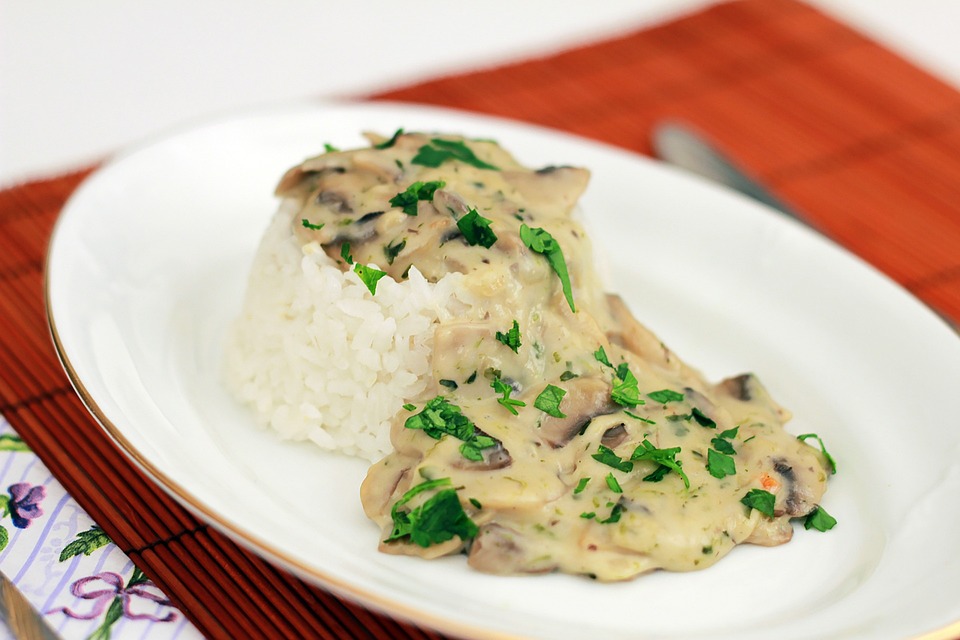[ad_1]
Soy sauce is a key ingredient in many Asian dishes, adding depth, umami, and a distinct savory flavor. Whether you’re stir-frying, marinating, or seasoning, soy sauce is a versatile and essential condiment in Asian cooking. To help you make the most out of this flavorful ingredient, we’ve put together some useful tips and tricks for using soy sauce to enhance your dishes and take them to the next level.
Choose the Right Soy Sauce
There are different types of soy sauce available, and each type has its own unique flavor profile. When selecting a soy sauce for your dish, consider the following:
- Light Soy Sauce: This type of soy sauce is thin and salty, with a light color. It’s perfect for seasoning and marinating, as it won’t overpower the other flavors in the dish.
- Dark Soy Sauce: With a thicker consistency and a richer, slightly sweet flavor, dark soy sauce is great for adding color and depth to sauces and stir-fries.
- Tamari: Made with little to no wheat, tamari is a gluten-free alternative to traditional soy sauce. It has a rich, full-bodied flavor and works well in both cooked and raw dishes.
- Low-Sodium Soy Sauce: If you’re watching your sodium intake, opt for low-sodium soy sauce. It still provides the umami flavor of regular soy sauce but with less salt.
Use Soy Sauce as a Marinade
Soy sauce is a fantastic base for marinades, adding depth and umami to meats, seafood, and vegetables. To create a simple and delicious soy sauce marinade, combine soy sauce with other flavors such as garlic, ginger, sesame oil, and a sweetener like honey or brown sugar. Marinate your protein of choice for at least 30 minutes, or ideally overnight, to allow the flavors to penetrate and tenderize the food.
Combine Soy Sauce with Acidic Ingredients
When cooking with soy sauce, consider balancing its savory flavor with acidity. Adding acidic ingredients like rice vinegar, lime juice, or mirin can enhance the overall taste of your dish. The acidity helps cut through the richness of the soy sauce, creating a more well-rounded and vibrant flavor profile.
Experiment with Umami Ingredients
To enhance the umami flavor of soy sauce even further, consider incorporating other umami-rich ingredients into your dishes. Mushrooms, miso paste, fish sauce, and bonito flakes are just a few examples of ingredients that can complement and amplify the savory notes of soy sauce, resulting in a more complex and satisfying dish.
Use Soy Sauce in Salad Dressings
While soy sauce is commonly associated with cooked dishes, it can also be a flavorful addition to salad dressings. Combine soy sauce with ingredients like sesame oil, ginger, garlic, and a touch of sweetness to create a delicious Asian-inspired dressing for leafy greens, noodle salads, or slaws.
Conclusion
By understanding the different types of soy sauce, incorporating it into marinades, balancing it with acidic ingredients, experimenting with umami-rich additions, and using it in salad dressings, you can elevate the flavors of your Asian-inspired dishes and create truly delicious meals. Soy sauce is a versatile and essential ingredient in any home cook’s arsenal, and with these tips and tricks, you’ll be able to make the most out of this savory condiment.
FAQs
Q: Can I use soy sauce as a substitute for salt in recipes?
A: Yes, soy sauce can be used as a substitute for salt in recipes, but be mindful of its sodium content. You may need to adjust the amount of soy sauce based on the saltiness of the dish you’re making.
Q: How can I store soy sauce to keep it fresh?
A: Soy sauce should be stored in a cool, dark place, away from direct sunlight. Once opened, it can be kept in the refrigerator to prolong its shelf life.
Q: Can I use soy sauce in baking?
A: While soy sauce is not a traditional ingredient in baking, it can add a unique depth of flavor to certain sweet recipes, such as cookies or brownies. Start with a small amount and adjust to taste.
[ad_2]




Comments